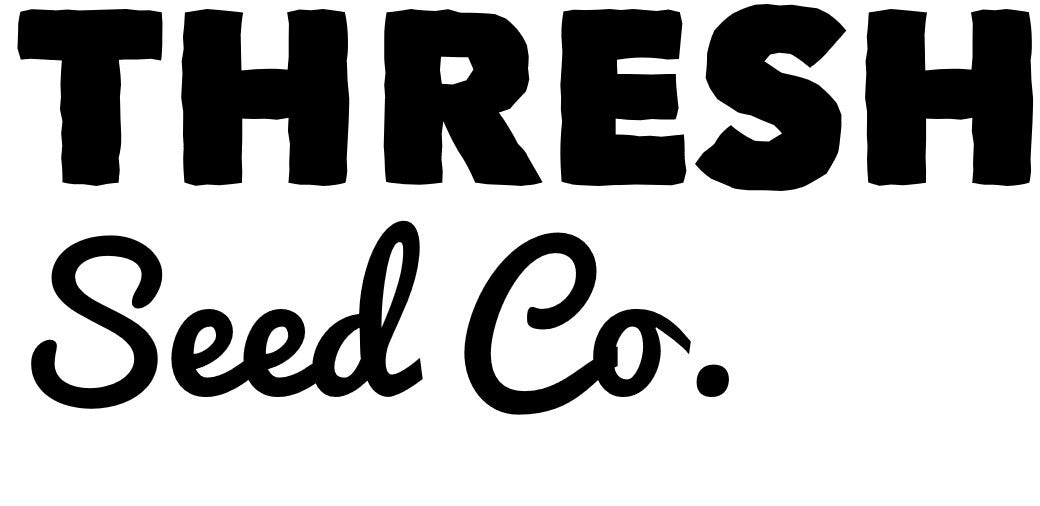We ship to all areas of North America including the United States, its territories and outlying islands, and Canada. International orders may incur an additional charge to cover the handling of customs paperwork. Returns are accepted within 30 days of receipt. Full warranty information can be found here.









































